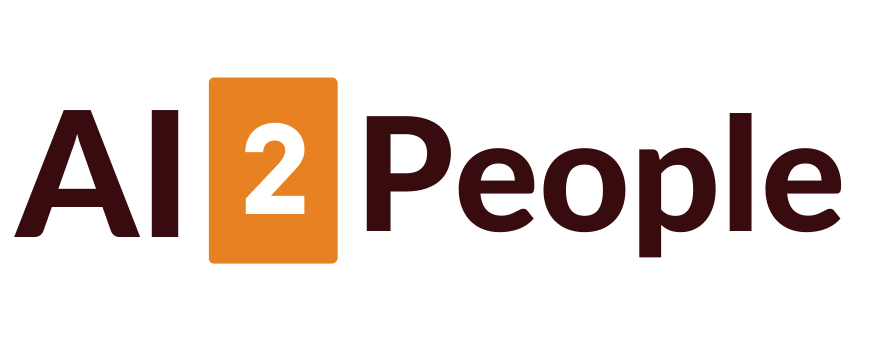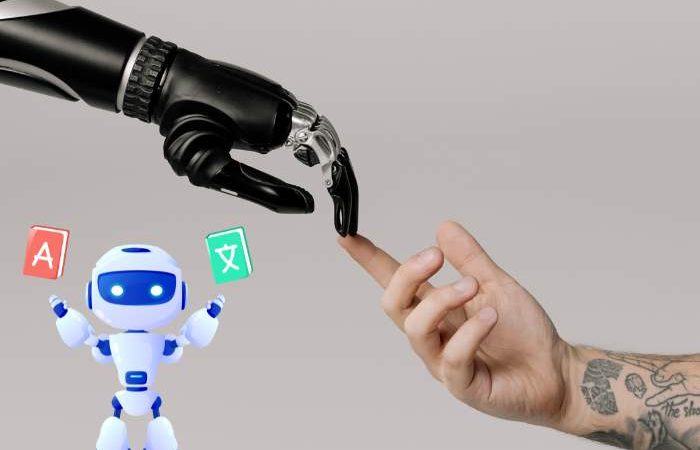
How Text-to-Speech Generators Improve Accessibility in Education
How Text-to-Speech Generators Improve Accessibility in Education
Education is a fundamental right, yet accessibility remains a significant barrier for many learners. Fortunately, technological innovations like text-to-speech AI are transforming how we approach inclusive education. By converting written text into spoken words, this technology empowers students with diverse needs to access educational content. Its potential to create a more equitable learning environment is truly inspiring.
Table of Contents
What Are Text-to-Speech Generators?
Text-to-speech (TTS) generators are tools that synthesize human-like speech from written text. Advanced models powered by text-to-speech AI offer natural voices, multiple accents, and support for various languages. Popular examples include Google Text-to-Speech, Amazon Polly, and ReadSpeaker.
These tools have evolved from robotic monotones to highly expressive, customizable voices. Key features include:
- Realistic voice synthesis.
- Multilingual capabilities.
- Integration with devices like smartphones, computers, and e-readers.
TTS is no longer limited to accessibility—it’s becoming a cornerstone for modern education.
The Role of Text-to-Speech in Inclusive Education
Accessibility is vital in education, and TTS is bridging gaps like never before:
- Supporting Students with Disabilities: For visually impaired learners or those with dyslexia, TTS ensures they can engage with text-based content.
- Enhancing Multilingual Learning: TTS aids non-native speakers by reading material in various languages, making multilingual content with text-to-speech more accessible.
- Addressing Learning Preferences: Auditory learners benefit significantly as they can process spoken content more effectively than written material.
By integrating TTS, schools can foster inclusivity and adapt to diverse student needs.
Benefits of Text-to-Speech Generators in Education
The advantages of TTS extend beyond accessibility. Here’s how it transforms learning:
- Improved Accessibility: Students with disabilities can access course materials without requiring additional resources.
- Enhanced Comprehension: Listening while reading improves retention and understanding of complex subjects.
- Learning Flexibility: TTS allows learners to study on-the-go, using mobile devices to listen to content during commutes.
- Support for Diverse Learning Styles: Kinesthetic and auditory learners can combine listening with physical activity for better engagement.
For example, a student struggling with dyslexia might use TTS to follow along with textbooks, improving confidence and comprehension.
Challenges in Implementing Text-to-Speech in Education
While promising, TTS adoption comes with challenges:
- Technical Barriers: Compatibility issues with older devices can hinder integration.
- Language and Accent Diversity: While TTS supports many languages, regional dialects are often limited.
- Educator Resistance: Lack of training or familiarity with TTS technology can cause reluctance among teachers.
- Cost Concerns: Advanced features in premium TTS tools may be out of reach for budget-constrained institutions.
Overcoming these challenges requires collaboration between educators, policymakers, and tech developers.
Overcoming Barriers and Best Practices
To maximize the benefits of TTS in education, we must address its limitations with strategic actions:
- Invest in Training: Educators need workshops to understand TTS tools and their application in classrooms.
- Choose the Right Tools: Focus on solutions that cater to diverse needs, such as offering multilingual content with text-to-speech.
- Policy and Funding Support: Governments should prioritize funding for TTS in public schools to ensure universal access.
- Integrate Seamlessly: Combine TTS with other educational technologies like text-to-speech in e-learning platforms to enhance user experience.
The Future of Text-to-Speech in Education
The future of TTS is bright, with innovations paving the way for more impactful applications:
- AI Advancements: Improved voice modulation and emotional tone will make TTS even more natural and engaging.
- Customized Learning: Adaptive learning platforms will use TTS to tailor experiences to individual student needs.
- Universal Design in Education: TTS will play a vital role in achieving a universal design for learning, ensuring equal opportunities for all.
Emerging trends like TTS integration with virtual reality and immersive classrooms are set to revolutionize how students interact with content.
Conclusion
Text-to-speech AI is not just a tool; it’s a transformative force in education. From supporting students with disabilities to creating new opportunities for diverse learners, its impact is profound. However, to fully harness its potential, we must address implementation challenges and invest in innovative solutions. Let’s embrace this technology to build a future where education is truly accessible to everyone.






















